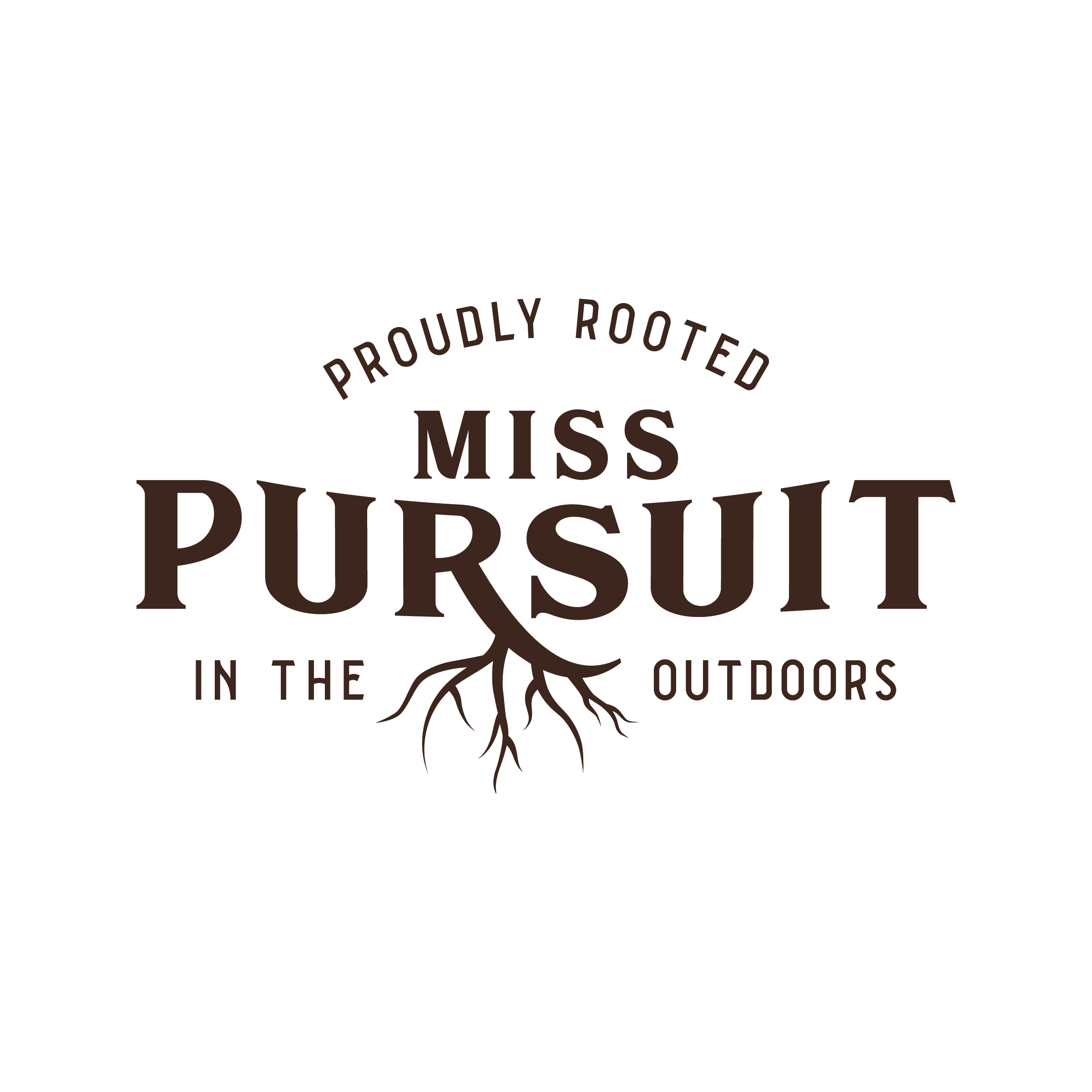Montana is a state known for its natural beauty and stunning landscapes. The state is home to many state parks that offer visitors a chance to explore the great outdoors and experience the beauty of Montana's wilderness. Whether you're a nature lover, a hiker, or just looking for a place to relax and unwind, Montana's state parks have something for everyone.
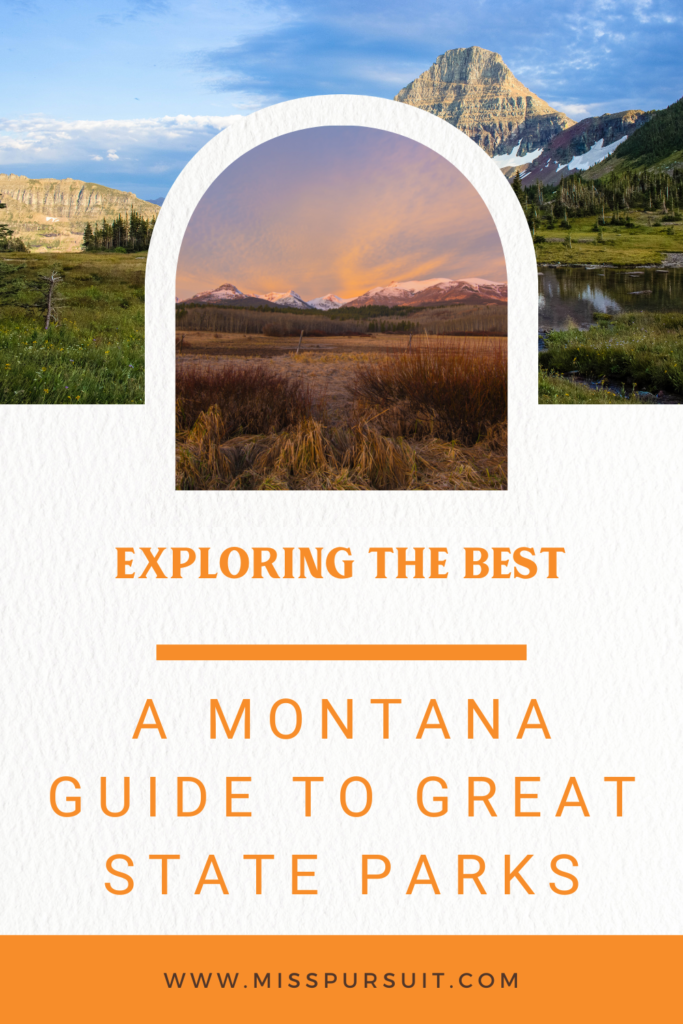
Montana's state parks offer a variety of outdoor recreation opportunities, including hiking, camping, fishing, boating, and more. Visitors can explore the state's rugged mountains, pristine lakes, and wide-open prairies, all while enjoying the fresh air and stunning scenery. With over 170 state parks to choose from, there's always something new to discover in Montana's great outdoors.
Whether you're looking for a weekend getaway or a longer adventure, Montana's state parks are the perfect destination for outdoor enthusiasts. With so many options to choose from, it can be hard to know where to start. In this guide, we'll take a closer look at some of Montana's best state parks and what they have to offer, so you can plan your next outdoor adventure with confidence.
Discovering Montana's State Parks
Montana is home to over 55 state parks, each with its own unique features and attractions. From the historic ghost town of Bannack State Park to the stunning beauty of Flathead Lake State Park, there is something for everyone to discover in Montana's state parks.
Bannack State Park
Bannack State Park is a must-visit for history buffs. The park is home to the well-preserved ghost town of Bannack, which was once a bustling mining town in the late 1800s. Visitors can explore the town's original buildings, including the schoolhouse, church, and jail. The park also offers camping, hiking, and fishing opportunities.
Giant Springs State Park
Giant Springs State Park is a popular destination for outdoor enthusiasts. The park is home to one of the largest freshwater springs in the country and offers opportunities for fishing, boating, and hiking. Visitors can also explore the park's fish hatchery and visitor center.
Makoshika State Park
Makoshika State Park is a must-visit for anyone interested in geology and paleontology. The park is home to a variety of dinosaur fossils and offers hiking trails that wind through stunning rock formations. Visitors can also camp and picnic in the park.
Flathead Lake State Park
Flathead Lake State Park is a popular destination for water sports enthusiasts. The park is home to the largest natural freshwater lake west of the Mississippi and offers opportunities for boating, fishing, and swimming. Visitors can also hike and camp in the park.
Lewis and Clark Caverns State Park
Lewis and Clark Caverns State Park is a must-visit for anyone interested in exploring underground. The park is home to a stunning limestone cave system that visitors can explore on guided tours. The park also offers camping, hiking, and fishing opportunities.
Montana's state parks offer a wide range of activities and attractions for visitors of all ages. With so many parks to choose from, there is always something new to discover in the great outdoors.
Activities for Everyone
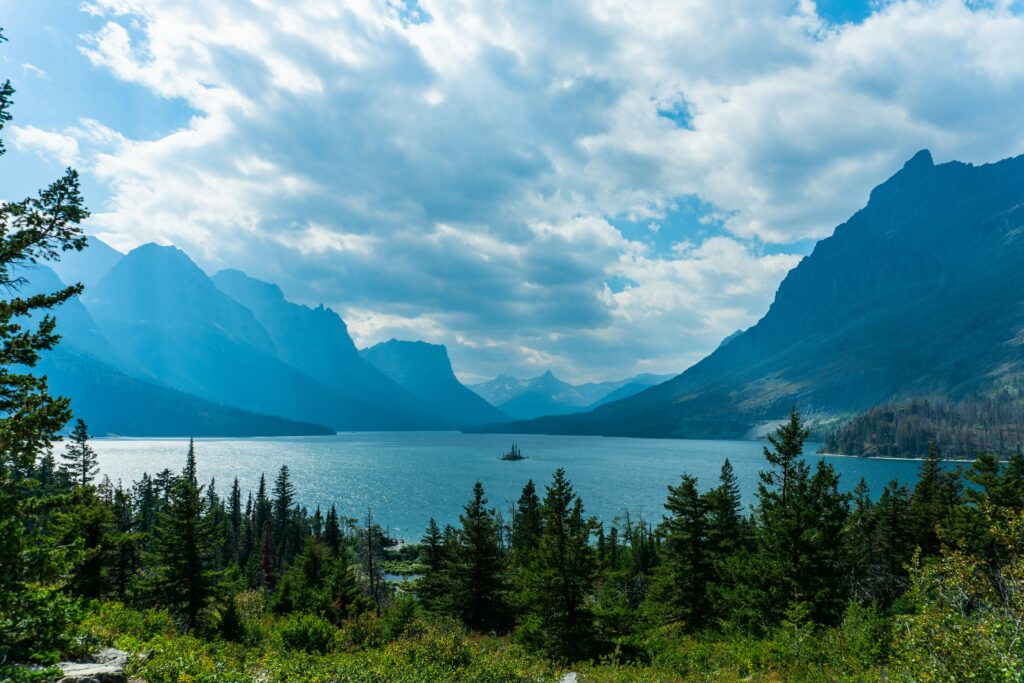
Montana is well known for its state parks that offer a variety of activities for everyone. Here are some of the popular activities that visitors can enjoy in Montana state parks:
Hiking and Trails
Montana state parks offer a variety of hiking trails that range from easy to difficult. Visitors can enjoy scenic views, waterfalls, and wildlife while hiking in the parks. Some of the popular trails include the Highline Trail in Glacier National Park and the Pine Creek Falls Trail in Pine Creek Falls State Park. Visitors can also explore the backcountry trails for a more challenging hiking experience.
Read More: A Montana Woman’s Guide to Hunting
Camping and Lodging
Montana state parks offer a variety of camping options, from primitive tent camping to full-service RV sites. Visitors can enjoy camping in scenic locations with amenities such as picnic tables, fire rings, and access to water. Some of the popular parks for camping include Lewis and Clark Caverns State Park and Flathead Lake State Park. Visitors can also enjoy the comfort of cabins and lodges in some of the parks.
Fishing and Boating
Montana state parks offer some of the best fishing opportunities in the country. Visitors can fish for trout, bass, and other species in the parks' lakes and rivers. Some of the popular parks for fishing include Lake Elmo State Park and Cooney Reservoir State Park. Visitors can also enjoy boating, kayaking, and other water activities in the parks.
Wildlife and Birdwatching
Montana state parks are home to a variety of wildlife, including elk, bison, and grizzly bears. Visitors can enjoy watching wildlife in their natural habitats in parks such as Yellowstone National Park and Glacier National Park. Montana state parks also offer excellent birdwatching opportunities, with over 400 species of birds recorded in the state. Visitors can enjoy watching birds in their natural habitats in parks such as Makoshika State Park and Medicine Rocks State Park.
In summary, Montana state parks offer a wide range of activities for visitors of all ages. From hiking and camping to fishing and wildlife watching, there is something for everyone to enjoy in Montana's state parks.
Seasonal Adventures
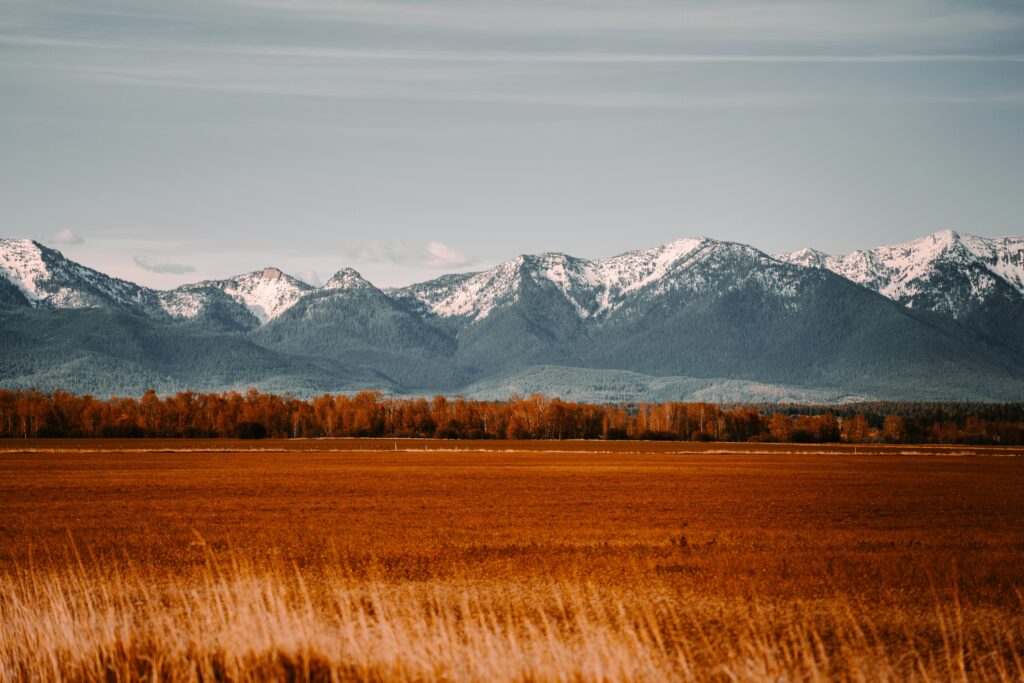
Summer Excursions
Montana's state parks offer a variety of summer excursions for outdoor enthusiasts. Visitors can enjoy hiking, mountain biking, camping, and swimming in the parks' pristine lakes and rivers. The Flathead Lake State Park, for instance, is a popular destination for swimming and water sports. The park has several beaches, picnic areas, and campgrounds that offer stunning views of the lake and surrounding mountains.
Another great summer adventure is exploring the Sluice Boxes State Park. The park is known for its scenic hiking trails that lead visitors through narrow canyons, waterfalls, and pools. The trails are suitable for all skill levels and offer breathtaking views of the park's unique geological formations.
Winter Activities
Montana's state parks also offer a wide range of winter activities for outdoor enthusiasts. Visitors can enjoy snowshoeing, cross-country skiing, and wildlife watching in the parks' snow-covered landscapes. The Lewis and Clark Caverns State Park, for instance, is a great destination for snowshoeing. The park has several trails that lead visitors through snow-covered forests and hills.
Another great winter adventure is exploring the Glacier National Park. The park's snow-covered mountains and valleys offer stunning views and a unique winter experience. Visitors can enjoy cross-country skiing, snowshoeing, and wildlife watching in the park's winter wonderland.
Whether you're looking for summer fun or winter adventure, Montana's state parks have something for everyone. With their stunning landscapes, pristine lakes and rivers, and endless opportunities for outdoor recreation, Montana's state parks are a must-visit destination for any outdoor enthusiast.
Read More: A Montana Woman’s Guide to Fishing
Cultural and Historical Sites
Montana is a state rich in history and culture. Visitors can explore the state's past and learn about the people who have shaped its present. The state has a number of cultural and historical sites, including ghost towns, gold discovery sites, and national historic landmarks.
Ghost Towns and Gold Discovery
Montana is home to several ghost towns that were once bustling mining communities. These towns are a fascinating glimpse into Montana's past and offer visitors a chance to experience what life was like during the mining boom.
One such town is Bannack, which was founded in 1862 during the gold rush. Today, Bannack is a state park and a National Historic Landmark. Visitors can explore the town's many preserved buildings, including the jail, schoolhouse, and hotel.
Another fascinating ghost town is Garnet, which was once home to more than 1,000 people during the mining boom. Today, Garnet is a state park and is one of the best-preserved ghost towns in the state. Visitors can explore the town's many buildings, including the hotel, saloon, and general store.
Montana is also home to several gold discovery sites, including the Alder Gulch and Last Chance Gulch sites. These sites offer visitors a chance to learn about Montana's gold rush history and even try their hand at gold panning.
National Historic Landmarks
Montana is home to several National Historic Landmarks, including the Pictograph Cave State Park. The park is home to several pictographs, or rock paintings, that date back thousands of years. Visitors can take a guided tour of the park and learn about the history and culture of the people who created the pictographs.
Another National Historic Landmark is the Grant-Kohrs Ranch National Historic Site. The site is a working cattle ranch that has been in operation since the 1860s. Visitors can take a tour of the ranch and learn about the history of ranching in Montana.
Overall, Montana's cultural and historical sites offer visitors a chance to learn about the state's past and the people who have shaped its present. Whether exploring a ghost town or visiting a National Historic Landmark, visitors are sure to leave with a greater appreciation for Montana's rich history and culture.
Park Amenities and Accessibility
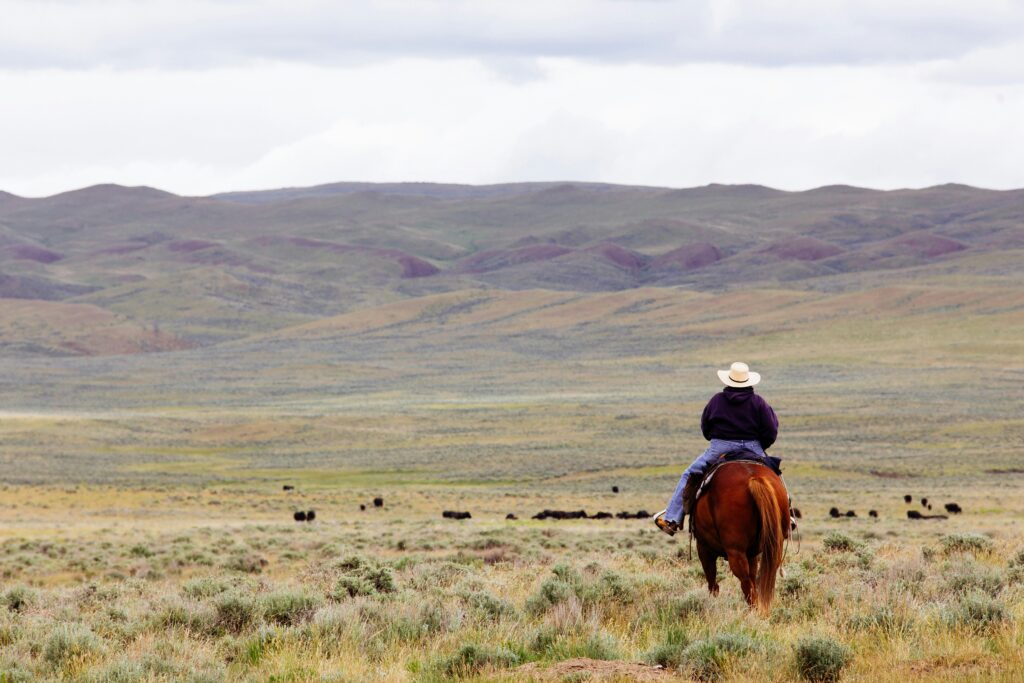
Visitor Centers
Montana's state parks offer a variety of visitor centers that provide helpful information for visitors. These centers are staffed with knowledgeable rangers who can answer questions about the park's history, wildlife, and recreational opportunities. Visitors can also purchase souvenirs and park passes at these centers.
Recreational Facilities
Montana's state parks offer a wide range of recreational facilities for visitors. Some parks have lakes or beaches where visitors can swim, fish, or boat. Others have cabins or yurts available for rent, providing a comfortable place to stay while enjoying the park. Many parks also have picnic areas, hiking trails, and campgrounds.
In terms of accessibility, Montana's state parks strive to be inclusive and welcoming to all visitors. Many parks have accessible facilities, such as campsites, restrooms, and trails. Visitors with disabilities can also request accommodations, such as sign language interpreters or accessible transportation, by contacting the park in advance.
Overall, Montana's state parks offer a wealth of amenities and recreational opportunities for visitors of all ages and abilities. Whether you're looking to relax on the beach, hike through the wilderness, or learn about Montana's rich history, there's a state park that's perfect for you.
Planning Your Visit
Travel Tips
Montana's state parks are accessible by car, and visitors should plan on driving to the parks they wish to visit. Many of the state parks are located in remote areas, so it is important to plan accordingly and bring appropriate gear for outdoor activities. Visitors should also check the weather forecast before heading out to the parks and dress appropriately for the conditions.
Accommodation and Reservations
Visitors can reserve campsites and cabins at Montana's state parks online through the Montana State Parks website. It is recommended to make reservations well in advance, especially during peak travel season. Visitors can also find accommodation options outside of the parks, including hotels, motels, and vacation rentals.
Park Rules and Safety
Visitors should familiarize themselves with the rules and regulations of the state parks they plan to visit. These rules may include restrictions on pets, campfires, and other activities. Visitors should also practice safety measures when participating in outdoor activities, such as hiking and swimming. It is important to bring appropriate safety gear, such as life jackets and first aid kits, and to be aware of potential hazards in the park.
Montana residents can purchase an annual state parks pass, which provides access to all of Montana's state parks. The pass can be purchased online or at any state park entrance station. Visitors should also consider taking advantage of educational opportunities offered at many of the state parks, such as guided hikes and nature programs.
Overall, Montana's state parks offer a variety of outdoor adventures for visitors of all ages and interests. With proper planning and preparation, visitors can enjoy a safe and memorable trip to Montana's great state parks.
Frequently Asked Questions
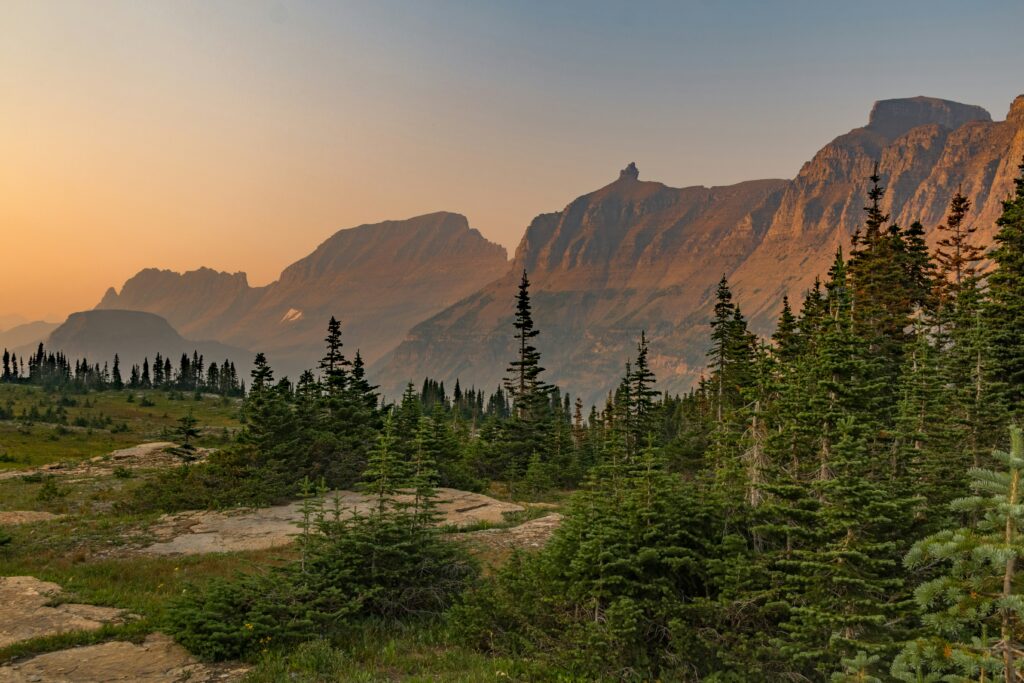
What are the top-rated state parks to visit in Montana?
Montana is home to over 50 state parks, each with its unique features and attractions. Some of the top-rated state parks to visit in Montana include Glacier National Park, Lewis and Clark Caverns State Park, Makoshika State Park, and Flathead Lake State Park. These parks offer visitors a chance to explore Montana's natural beauty, wildlife, and history.
How can I find a map of all the state parks in Montana?
To find a map of all the state parks in Montana, visit the Montana State Parks website at stateparks.mt.gov. The website provides visitors with a comprehensive list of all the state parks in Montana and their locations. Additionally, visitors can find information on each park's amenities, facilities, and activities.
What are the camping facilities like at Montana state parks?
Montana state parks offer a variety of camping facilities, including tent and RV camping, cabins, yurts, and tipis. Most campgrounds offer amenities such as picnic tables, fire rings, and access to restrooms and showers. Some parks also have amenities like playgrounds, boat launches, and hiking trails.
How early do I need to reserve a campsite at a Montana state park?
It is recommended that visitors reserve a campsite at a Montana state park as early as possible, especially during peak season. Reservations can be made up to six months in advance, and some parks fill up quickly. Visitors can reserve campsites online through the Montana State Parks website or by calling the park directly.
Are there any restrictions on alcohol consumption within Montana state parks?
Montana state parks have varying rules and regulations regarding alcohol consumption. In general, alcohol is allowed in designated areas within the parks, such as campsites and picnic areas. However, visitors should check with the park's specific rules and regulations before consuming alcohol.
Which Montana state park is considered the most iconic or famous?
Glacier National Park is often considered the most iconic and famous state park in Montana. The park is known for its stunning mountain scenery, glaciers, and wildlife. It offers visitors a chance to explore over 1 million acres of wilderness, including over 700 miles of hiking trails. However, other state parks in Montana, such as Lewis and Clark Caverns State Park and Makoshika State Park, also offer unique and memorable experiences for visitors.
